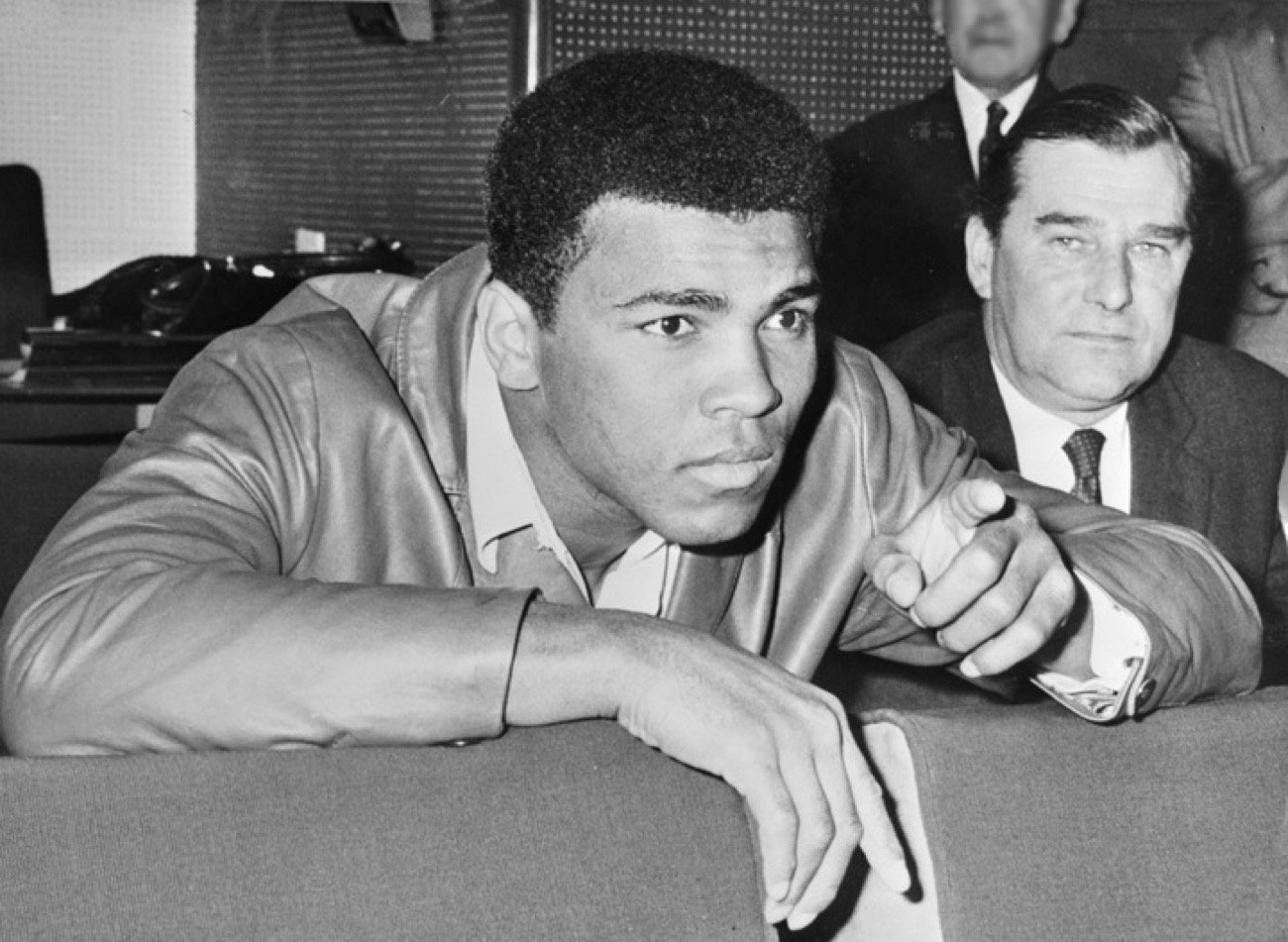You might not be able to believe it, much less remember it, but there was a time when the heavyweight champion of the world fought way more than once, twice, even three times a year. These days (Covid or no) we fight fans are left starving between big world heavyweight title fights, with the stars of the sport’s premier division so often fighting once a year; maybe twice a year if we’re lucky.
Go back to the prime – the robbed, cut far too short prime – of Muhammad Ali, and we got no less than five performances from the great man. Ali, approaching his absolute physical peak, the government closing in, made sure to do his stuff for as long and as rapidly as he could. And the heavyweight division benefited.
This was 1966, and Ali (still being called Cassius Clay by too many people) was 24 years of age. Never had the sport seen a big man as blurringly fast, as agile, as sharp, as damn near impossible to hit with a clean shot. Ali was, to put it clearly, untouchable – this with a large, great “U.”

This, average, to good, to very good fighters George Chuvalo, Henry Cooper, Brian London, Karl Mildenberger, and Cleveland Williams found out to their cost. The best version of Ali the world ever saw faced an immovable object who could go to the body with venom (Chuvalo), a great left hooker (Cooper, in a rematch of a fight that had seen Ali heavily decked), a tricky southpaw (Germany’s Mildenberger the only one Ali ever faced in his long career), and a huge puncher who, though past his best, was still dangerous (Williams).
And over the course of 39 rounds, Ali conquered all Chuvalo, Cooper, Mildenberger, and Williams could summon (with Ali also picking up a win over the grossly out of his depth Brian London). In short, the peak Ali could fathom any style, he could avoid any punch, he lived in the gym, and he fought as though his career was on the line. Which it was.
Where no rival boxer could have a prayer of beating Ali, the US government could. It took time, but Ali’s refusal to serve in the unjust Vietnam War caught up with him. After just two fights in 1967 – commanding wins over Ernie Terrell and Zora Folley – Ali’s license to box was gone, taken, perhaps never to be returned by Uncle Sam. As such, the world never got to see just how extra, extra-great Ali could have become.
Could any heavyweight fighter hope to have had a hope of beating the 1966/67 Ali? Not a chance. And at age 26, as Ali turned in January of 1968, The Greatest would have retained his almost supernatural speed of both hand and foot, he would have lost none of his sheer confidence, and Ali would have added physical maturity and with it physical strength to his game. It’s almost frightening how fantastic this version of Ali would have been.
https://www.youtube.com/watch?v=iufYR12VFsA
Yet Ali was robbed. As was the world. We must be content watching and re-watching those Ali-Chuvalo, Ali-Cooper, Ali-Mildenberger, Ali-Williams fights/masterpieces. What, you might ask, has happened to the heavyweight division? Sure, we were blessed when Ali was doing his stuff, but today’s weakened division does not match any previous era. Does it?
